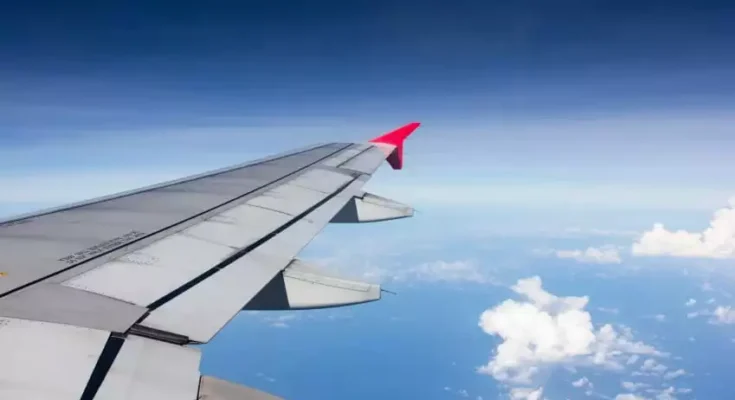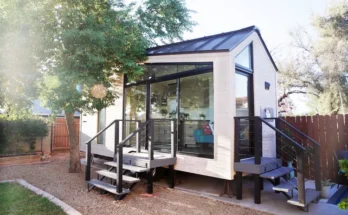Airplane flaps are movable panels located on the trailing edges of the wings, and they play a critical role in both takeoff and landing. While they might seem like small parts of an aircraft, their function is essential for controlling the speed, lift, and overall safety of a flight during these crucial phases.
The primary purpose of airplane flaps is to increase lift at lower speeds. When an aircraft takes off or lands, it needs to fly more slowly than it does during cruising. At slower speeds, wings naturally produce less lift, which could make it harder to get off the ground or stay airborne while descending. By extending the flaps, pilots can increase the curvature (or “camber”) of the wing, allowing the aircraft to generate more lift even when flying slowly.
During takeoff, flaps are usually extended slightly. This helps the aircraft lift off the ground sooner and with a shorter runway distance. However, extending them too much during takeoff would increase drag, which slows the aircraft down. That’s why only a small amount of flap is used at this stage—just enough to boost lift without creating too much resistance.
On landing, the flaps are usually extended much more. This is because pilots want to fly as slowly and safely as possible while maintaining control of the aircraft. By extending the flaps fully, the wing creates more lift and also more drag, which helps slow the airplane down. This allows for a smoother and shorter landing, making it safer for passengers and easier on the brakes.
Flaps can be extended or retracted using a control lever in the cockpit. They are typically set to specific angles, depending on the needs of the flight. For example, “flaps 15” or “flaps full” are common settings you might hear pilots mention before landing.
In summary, airplane flaps are essential tools that help aircraft take off and land safely by increasing lift and drag as needed. They’re a small but powerful part of how airplanes stay in control during slow-speed flight.



